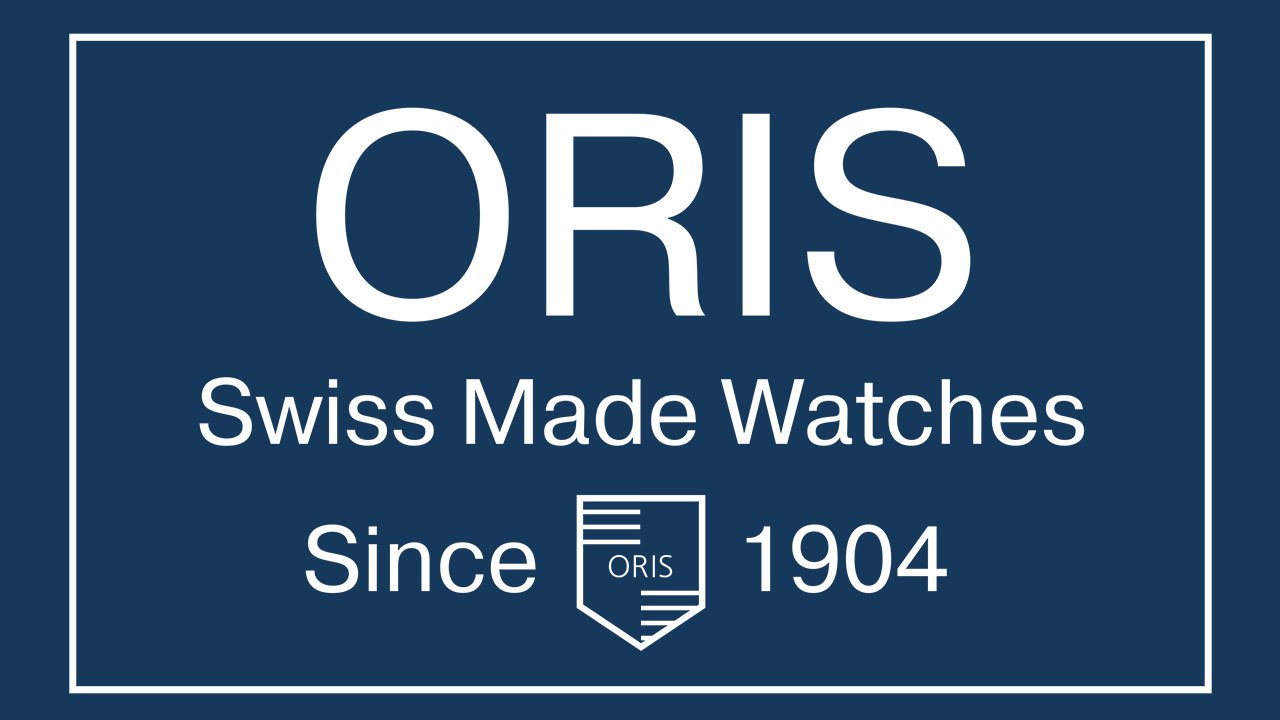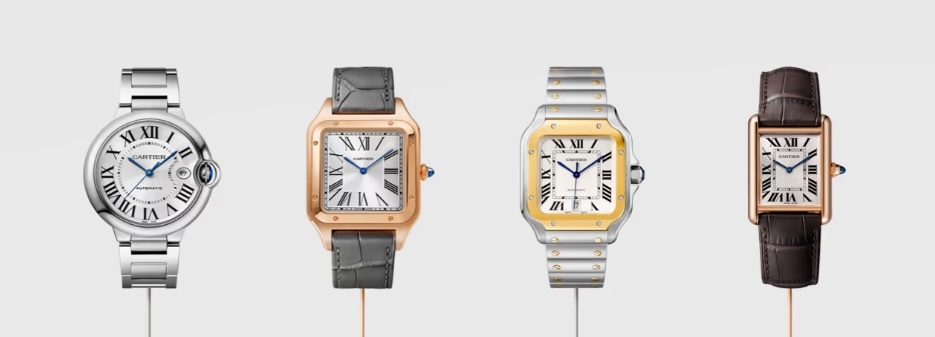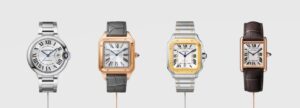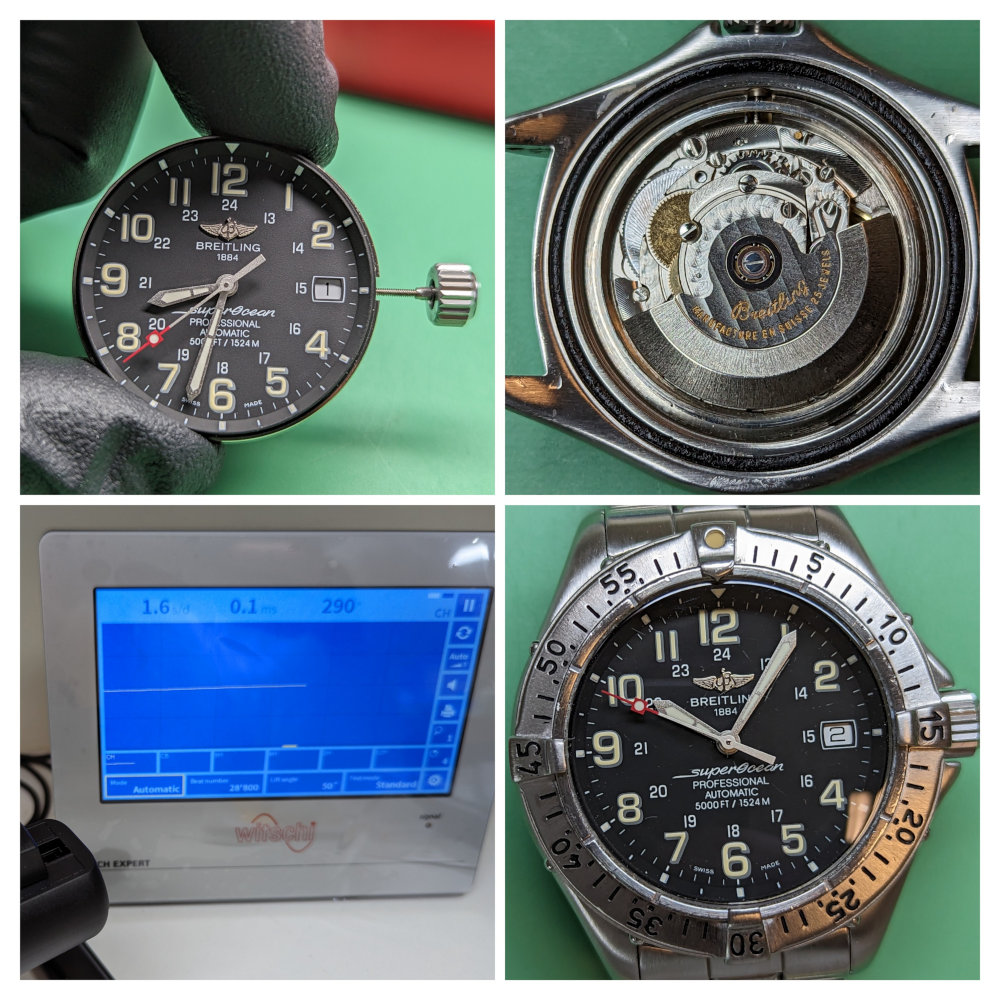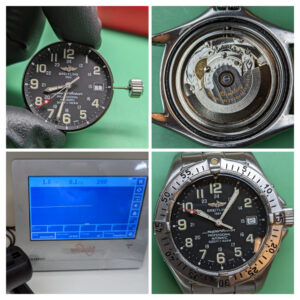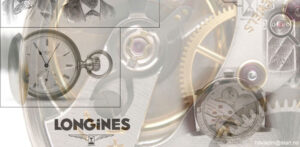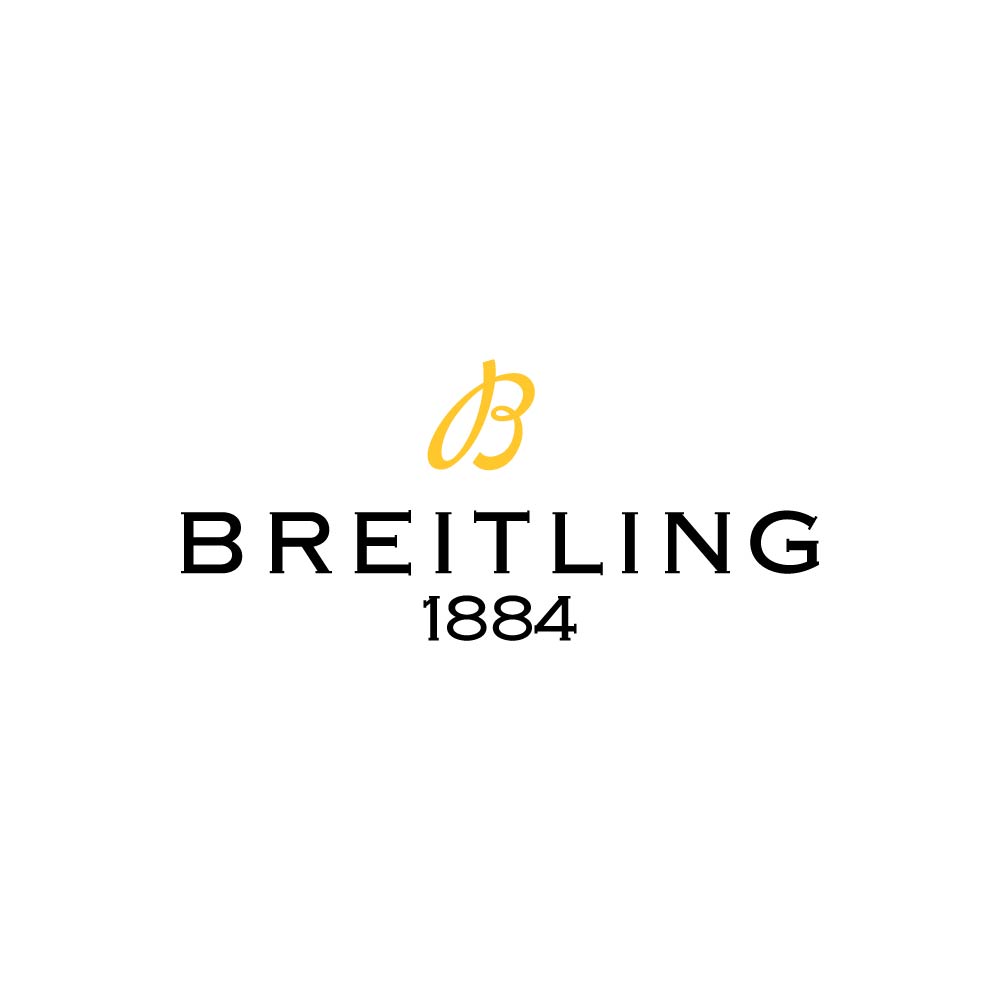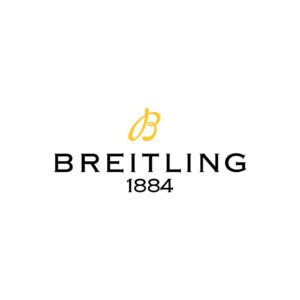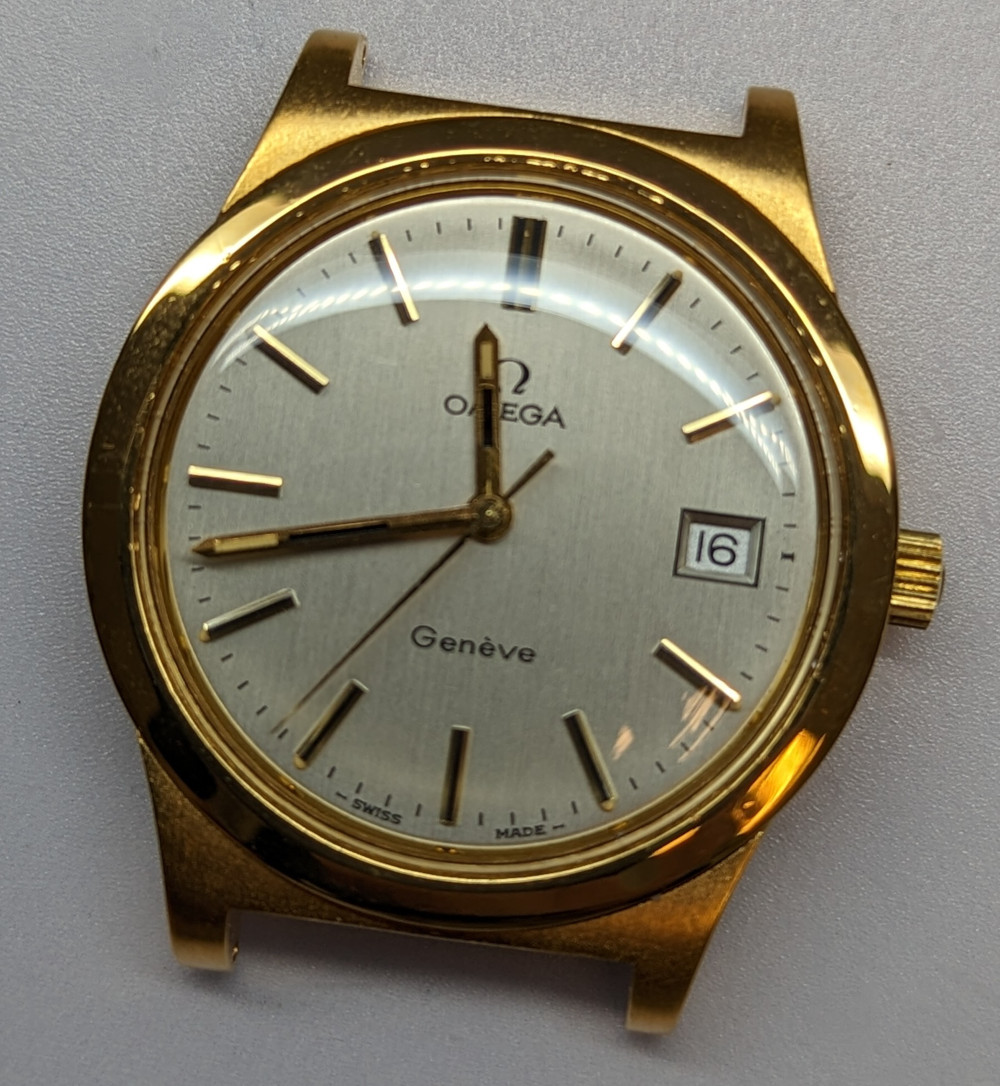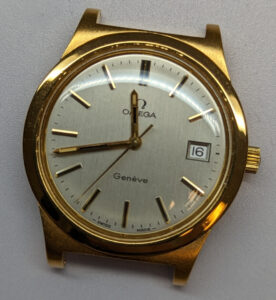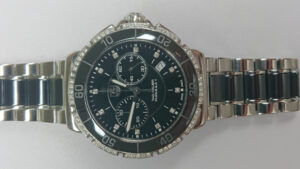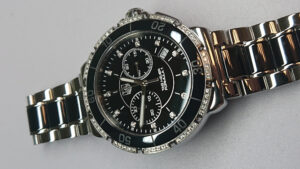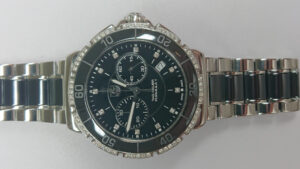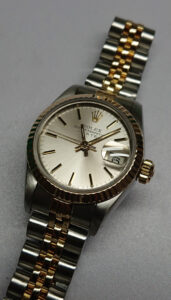The history of Oris watches is a testament to Swiss watchmaking excellence, innovation, and a commitment to quality craftsmanship. Founded in the picturesque town of Hölstein in Switzerland in 1904, Oris has grown from a small workshop into a globally recognized brand known for its precision timepieces. Over the past century, Oris has weathered economic challenges, evolving tastes, and changing market dynamics, all while staying true to its core values.
The early years of Oris were marked by the visionary leadership of its founders, Paul Cattin and Georges Christian. The duo shared a passion for watchmaking and a determination to create high-quality, affordable watches. These watches were produced in the former Lohner & Co watch factory and the brand name Oris came from a brook close to the factory. By 1911 Oris was the largest employer in Hölstein, employing over 300 people. Continued success marked a number of additional Oris factories opening.
During the early-mid 20th century, Oris made significant strides in horological innovation. In 1938 the brand released the ‘Big Crown,’ a watch designed for aviators that featured a large crown for easy adjustment, even when wearing gloves. This model gained immense popularity and played a vital role in Oris’ reputation for producing reliable and functional timepieces. It was around this time that Oris also started to manufacture its own escapements.
The Great Depression and World War II posed challenges for many industries, including watchmaking. However, Oris persevered and continued to innovate. To keep the business alive they moved into alarm clocks – producing an 8 day power reserve model from 1949.
Post-war years saw Oris expanding its product range and international presence. The 1950s and 1960s were marked by iconic releases like their first automatic watch with a power reserve indicator – the movement was the calibre 601. During this period, Oris also established a foothold in international markets, exporting its Swiss-made timepieces worldwide.
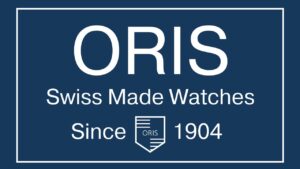
The quartz crisis of the 1970s posed a significant threat to the Swiss watch industry as a whole. Many traditional watchmakers struggled to adapt to the advent of quartz technology, and Oris was no exception. During this difficult period they made the decision to remain committed to mechanical watches.
In the late 1990s, Oris experienced a renaissance. The company’s management underwent changes, and a renewed focus on design and innovation led to the launch of iconic collections like the Oris Diver’s Sixty-Five and the Artelier series. These watches paid homage to the brand’s heritage while incorporating contemporary design elements and modern technology.
Oris began getting involved in major partnerships to further promote the brand. They sponsored the London Jazz festival – beginning their production of jazz themed watches, as well as sponsoring various sporting events, people and teams, such as the Williams F1 team from 2003 onwards and the record breaking freediver Carlos Coste
Today, Oris watches are recognized for their precision, reliability, and commitment to sustainability. The brand is involved in various philanthropic initiatives, including marine conservation efforts and collaborations with non-profit organizations.
In conclusion, the history of Oris watches is a story of resilience, innovation, and a commitment to tradition. From its humble beginnings in Hölstein over a century ago, Oris has evolved into an independent global watchmaking powerhouse, known for its mechanical excellence, timeless designs, and dedication to environmental responsibility. As Oris continues to write new chapters in its history, it remains a beacon of Swiss watchmaking craftsmanship and a symbol of enduring quality.
Yours sincerely
David Clark FGA DGA MJVA PJDip. PJGemDip.
Managing Director, JVA Registered Valuer®
W.E. Clark & Son Limited

